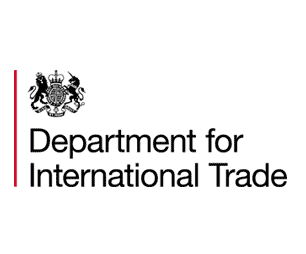Diaphragm materials
Various rubber components are used in the manufacture of diaphragms, with a nylon fabric mesh to provide improved dimensional stability and additional strength.
Elastomers such as Neoprene, Buna-N, EPDM (Nordel) and Viton are the most commonly used. Their chief characteristic is flexibility, which allows more volume to be displaced. Characteristics of the different rubber materials are summarized in Table 1.
Thermoplastic materials are also available for manufacturing diaphragms. These are produced by an injection moulding process and require no fabric reinforcement for dimensional stability or tensile strength. The most popular are polyurethane, Hytrel®, Santoprene® and Teflon®. Their characteristics are summarized in Table 2.
Polyurethane gives excellent generalpurpose diaphragms with extremely good flex life, and is the most economical material of all. Teflon® (PTFE) is one of the most chemically inert man-made compounds known, but has very little elasticity, which can reduce flow rates by up to 20%. A rubber back-up diaphragm is required to provide flexibility and memory. Many other proprietary materials, usually derivatives of the above, have been developed by individual pump companies for use in their own pumps.
One-piece PTFE/rubber diaphragms
The pump industry is well aware of the virtue of Teflon® for chemical resistance but also of its limitations as regards operational life and cost, and so modified PTFE diaphragms have been developed that show improved flexibility and memory and also have improved flow rates.
Another important development in PTFE diaphragm technology is the singlepiece diaphragm where the PTFE diaphragm is bonded directly to a rubber diaphragm. The One-Up® diaphragm from W.L. Gore & Associates (UK) Ltd is one example, together with the new One-Step and One-Step Plus diaphragms from Tri- Ark (Figure 5).
These PTFE protected diaphragms combine the chemical resistance associated with PTFE with the flex characteristics of an elastomer. Tri-Ark’s One-Step uses virgin PTFE, whilst One-Step Plus features a modified PTFE that allows a much thinner outer layer to be used. This maintains the same chemical resistance properties but increases flex life even further. The PTFE is chemically bound to the underlying rubber. Since it is manufactured as one piece, the risk of separation normally associated with two-piece overlaid diaphragms is eliminated, increasing time on-line. One-piece construction avoids the possibility of leakage and also prevents abrasive particulate material getting between the PTFE and rubber, which could cause damage and lead to reduced diaphragm lifetime.
Installation and maintenance




